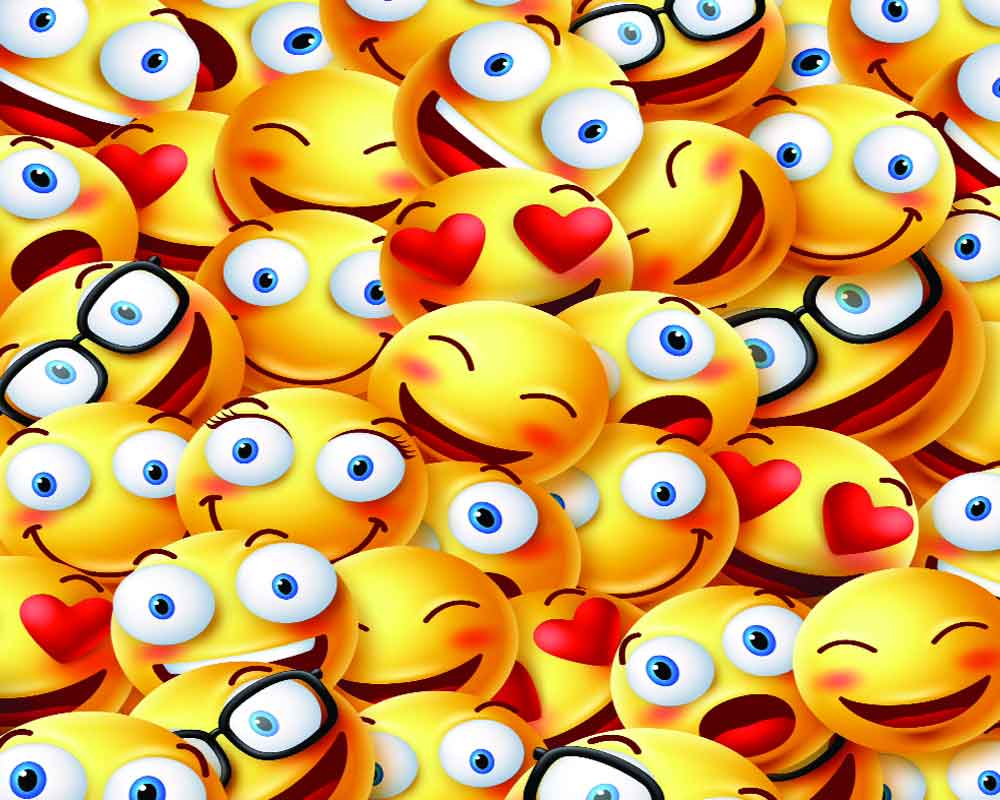The Indian millennials can laugh at themselves changing the language of humour since it first began in the 1920s that involved taking potshots at gold diggers
There is a very famous saying that comedy is tragedy plus timings. The best way to write about comedy is to think about last few days of your life and think about the things that irritate you and just start writing about it. You will find that most people will find the same scene very irritating. Take an example about plane rides. People are cutting the queue to get into the plane which I have never understood. One is going to the exact same place! You won’t reach the destination before me! Or how the relatives push you or insist you eat more. They tell you to eat an extra piece of gulab jamun. You wonder how that one extra piece would affect their lives? All it will do is lead you to die faster!
Stand-up comedy is probably the toughest and the simplest art form. Toughest because the onus is one person to keep the audience engaged with no support except for a working microphone and a spot light. The audience size can vary from five to 50,000 (yes, that’s right!) and performance duration can vary from five to 120-150 minutes.
Simplest because it hardly needs a set-up. Just one mic and decent lighting and a comedian can start performing. Just one person who is the writer, actor, director all rolled into one. The pressure of writing fresh is also high in comedy because unlike songs, jokes have limited repeat value. While singers are requested the same songs over and over again making it tough to try a new composition, the audience at a comedy show would point out a repeat joke.
Today, the stand-up comic occupies the space of a Bollywood starlet but with lesser pressure of looking good and staying politically correct. He can quite easily be called today’s youth celebrity, just with more Instagram and twitter followers and more endorsement deals.
In the later years (read 1960s onwards) hasya kavi sammelan became a popular form of comedy where poets recited their poetry peppered with socio-political commentary and satire targeting the government. Even on television celebrated poets like Surendra Sharma, Shail Chaturvedi and Kaka Hathrasi ruled the roost.
When it comes to pure play stand-up, I believe Johnny Lever was a pioneer, who in late 80s started his career by doing stage performances and releasing audio cassettes of his sets. After Lever, TV gave birth to a lot of stand up comedians through shows like Great Indian Laughter Challenge. and a new wave of English stand-up comedians was taking front stage in India.
Stand-up comedy has existed in the UK ever since the 18th and 19th centuries. The rise of English stand-up comedians brought a breadth of fresh air to this sort of entertainment. In 2008-2009, Vir Das and Papa CJ returned to India to make their mark on the desi comedy scene. They performed in English and quickly caught the attention of the youth. In 2010, The Comedy Store from London inaugurated its branch in Palladium Mall, Mumbai.
‘Not cars and houses, just some fun and convenience!’ was quoted the Economic Times in a survey conducted on understanding the millennials of India. This survey gives a gist of the ever-changing mindset of the millennials which is far different from that of the older generations. Breaking free from the restrictions of ancient Indian society, the modern youth is largely influenced by cultures around the world.
The youth today have developed the knack of taking a joke on themselves and purely enjoy the humour in it. This improvement in the maturity and sensibility of the audiences has helped the comedians crack jokes on issues that were previously tabooed in the society. While conventional humour included wit, puns and irony are still accepted, new forms of humour are gaining traction.
Comedy is now a full-blown business with social media achieving momentum in the recent times. Now, comedians need not depend on film producers and their whims and fancies. They can now record a video and publish it on YouTube themselves, entertaining tons of viewers. From personal shows to social media videos, they have multiple options to choose from. A top tier comedian earns equivalent to a television star.
Open mics are in vogue again. From two-three open mics a week to six-a day in Mumbai, this sort of comedy, along with humour at corporate events, has achieved lionisation. Next big wave is local language humour. Last two years have seen live stand up happening in Gujarati, Marathi, Tamil, Punjabi and getting popular.
When I do stand-up, people ask me to talk about Facebook — ‘Since it has come, the pressure to enjoy life has increased’. This is the opening line. It is all about the kind of stuff people post. You feel depressed by seeing other people having fun. The other segment is when I talk about my children. Once my son participated in fancy dress competition and he had to be dressed like Earth. We went around searching on Google the ways to convert a kid into Earth. On day two, he asked me to dress him like a brinjal. I advise him to wear a green cap and hold his breath for five minutes to turn him purple!
























